

The nose plays a critical role in breathing, sleep, smell, and facial harmony. If you’re experiencing nasal blockage, chronic sinus problems, or structural issues, then expert care from a dedicated nose specialist in Mumbai can make all the difference. Dr. Meenesh Juvekar, a renowned nose specialist doctor in Mumbai, offers comprehensive diagnosis and treatment for all nasal and sinus conditions using cutting-edge technology and a patient-friendly approach.
As an experienced Nose Specialist in Mumbai, Dr. Meenesh Juvekar provides advanced nose treatments and regularly manages conditions such as:
Dr. Juvekar’s clinic is equipped with the latest diagnostic tools — high-resolution endoscopic imaging, CT scans of the sinuses, allergy testing, and more — enabling him to precisely identify the cause of your nasal issue and tailor the correct treatment. Whether the solution is medical (inhalers, sprays, allergy management) or surgical (septoplasty, endoscopic sinus surgery, turbinate reduction), he delivers treatment with meticulous care.
With the increasing pollution and fast-paced urban lifestyle, nasal blockage and sinus-related issues are becoming more common each day. Problems such as nasal obstruction, headaches, sinusitis, allergic colds, nasal bleeding, polyps, and even nasal tumors require early diagnosis and proper treatment for effective recovery.
Dr. Meenesh Juvekar, recognized as one of the Best ENT Specialists in Mumbai, provides expert care to identify and treat these conditions using advanced diagnostic and surgical techniques. His clinic offers a detailed list of common nasal problems to help patients better understand their symptoms and take informed steps toward better nasal health.
If you are experiencing persistent nasal issues — whether blocked nose, sinus pressure, poor sleep quality due to nasal obstruction or unexplained smell changes — don’t delay. Consult Dr. Meenesh Juvekar, your dedicated nose doctor in Mumbai, for thorough evaluation and the right treatment plan.
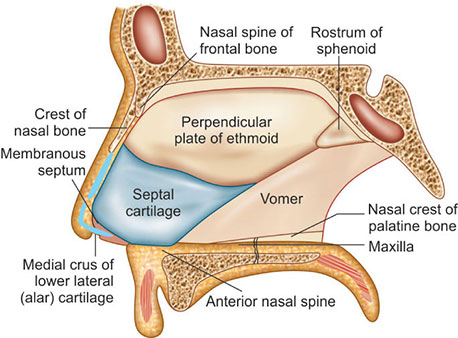
The nasal septum separates the left and right airways in the nose, dividing the two nostrils. It is depressed by the depressor septi nasi muscle. in which mature lamellar bone is removed by osteoclasts and replaced by woven bone of greater thickness, cellularity and vascularity.
Details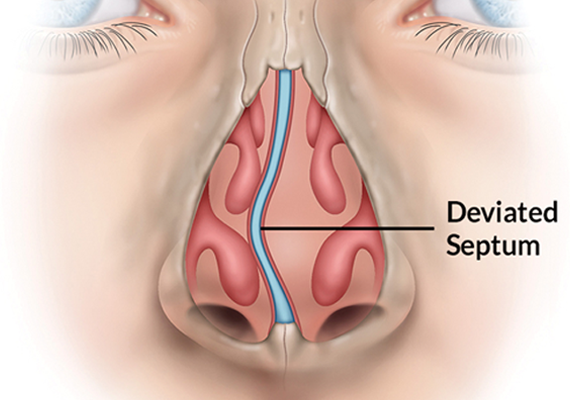
A deviated septum occurs when your nasal septum, the thin wall that separates your right and left nasal passages is displaced to one side.
Details
Submucosal resection (SMR) of the nose is a surgical procedure used to treat a deviated septum. This procedure is also called a septoplasty. According to some sources, septoplasty differs from SMR in that during an SMR, large portions of tissue are removed while a septoplasty is a "tissue sparing" procedure.
Details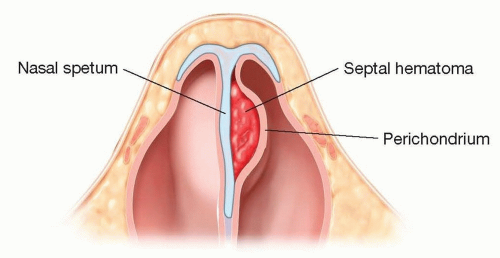
This occurs due the wearing off effect of adrenaline and usually occurs within the first 48 hours after surgery.
Details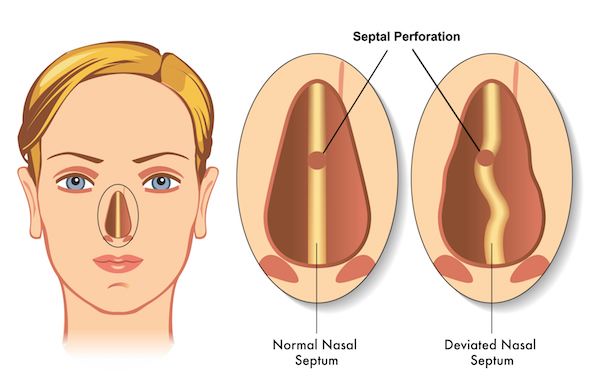
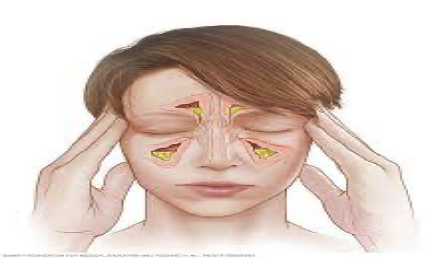
Sinusitis occurs when the spaces inside your nose and head (sinuses) are swollen and inflamed.
Details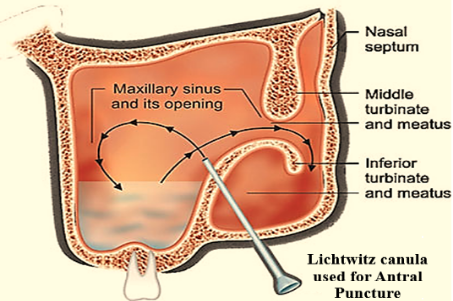
It is a procedure done both for diagnosis and treatment of sinusitis, where a canula is inserted into the maxillary sinus via an opening made in the inferior meatus.
Details
Antrochoanal nasal polyp is a prolapsed, pedunculated, painless, pearly white oedematous nasal mucosa, lining the maxillary sinus.
Details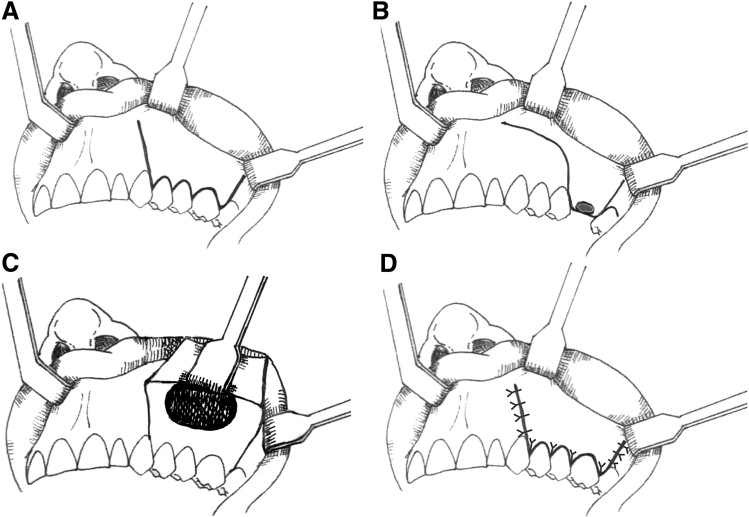
It is a surgical opening made on the anterior wall of the maxilla via the canine fossa to visualize and remove disease from the maxillary sinus.
Details
Ethmoidal polyps are multiple, bilateral, painless, pearly white, grape like masses arising from the ethmoidal air cells.
Details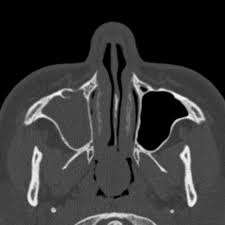
Caldwell Luc surgery can be done for patient above 16 years and in case of recurrent Polyps apart from FESS.
Details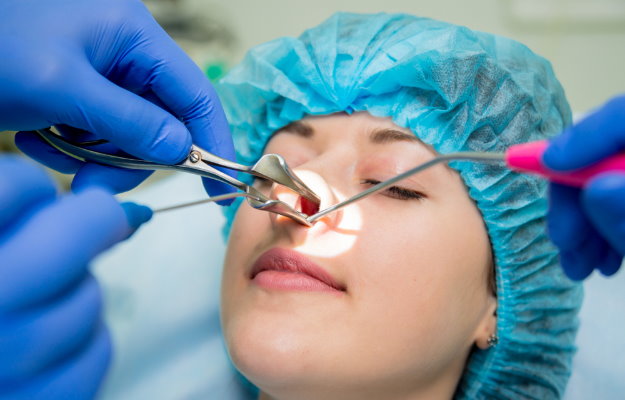
Functional Endoscopic Sinus Surgery (FESS) permits the direct visualization and treatment of various parts of the nasal cavities and sinuses which are otherwise inaccessible surgically.
Details
It is an IgE, mediated hypersensitivity disease of the nasal mucous membrane.
Details
Epistaxis (nosebleed) is one of the most common ear, nose, and throat (ENT) emergencies that present to the emergency room or primary care. There are two types of nosebleeds: anterior (more common), and posterior (less common, but more likely to require medical attention).
Details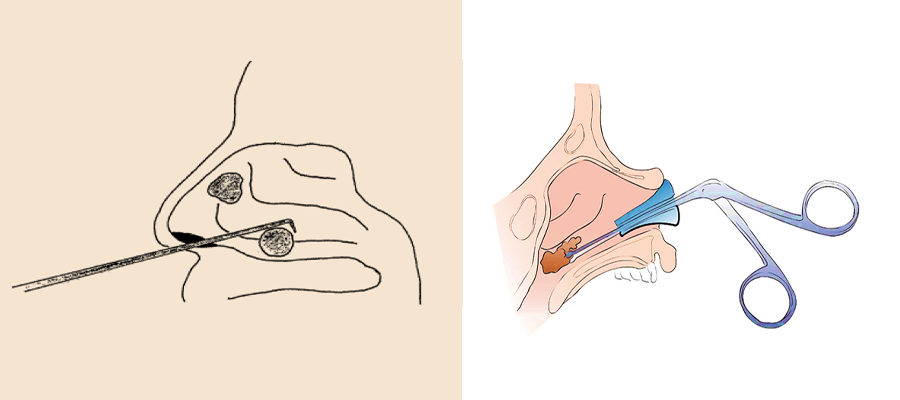
Foreign body in nose can present acutely, sub-acutely or many years later in adulthood.
Details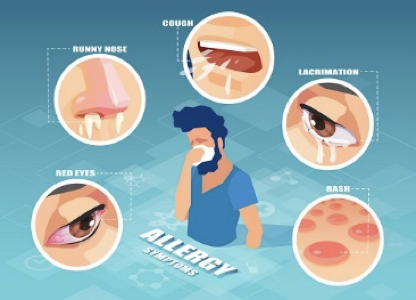
Allergic rhinitis is inflammation of the inside of the nose caused by an allergen, such as pollen, dust, mould, or flakes of skin from certain animals.
Details
Definition: Rhinosporidiosis is a chronic fungal infection of the mucous membrane of the nose and nasopharynx but occasionally involving the lips, palate, uvula, sinuses, larynx and skin.
Details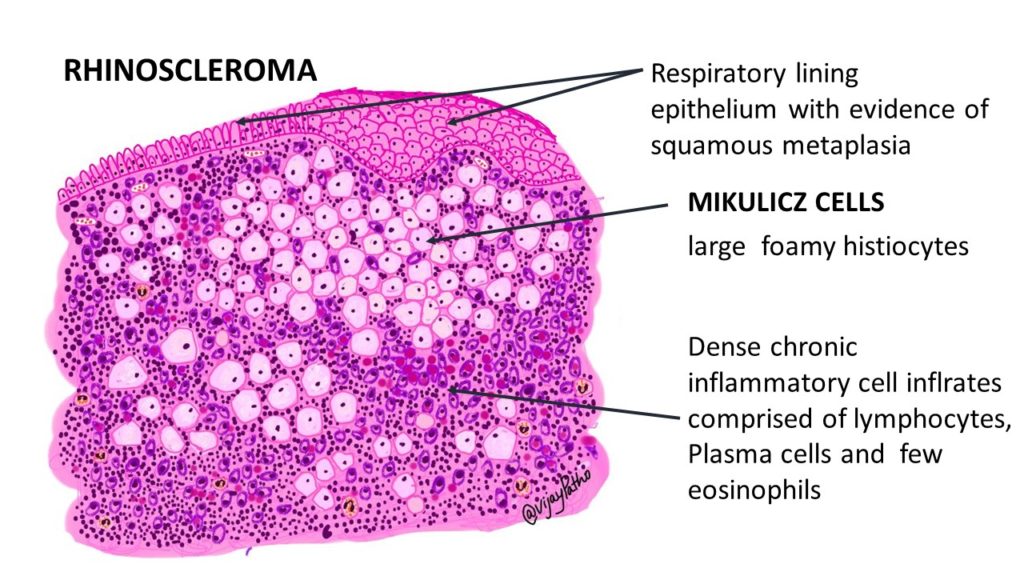
Definition: Rhinoscleroma is a progressive granulomatous disease of the nose, extending into the nasopharynx, oropharynx, larynx and rarely the trachea.
Details
They are benign, very vascular and biologically aggressive tumors, originating almost exclusively from posterior nasal and nasopharyngeal region in adolescent males.
Details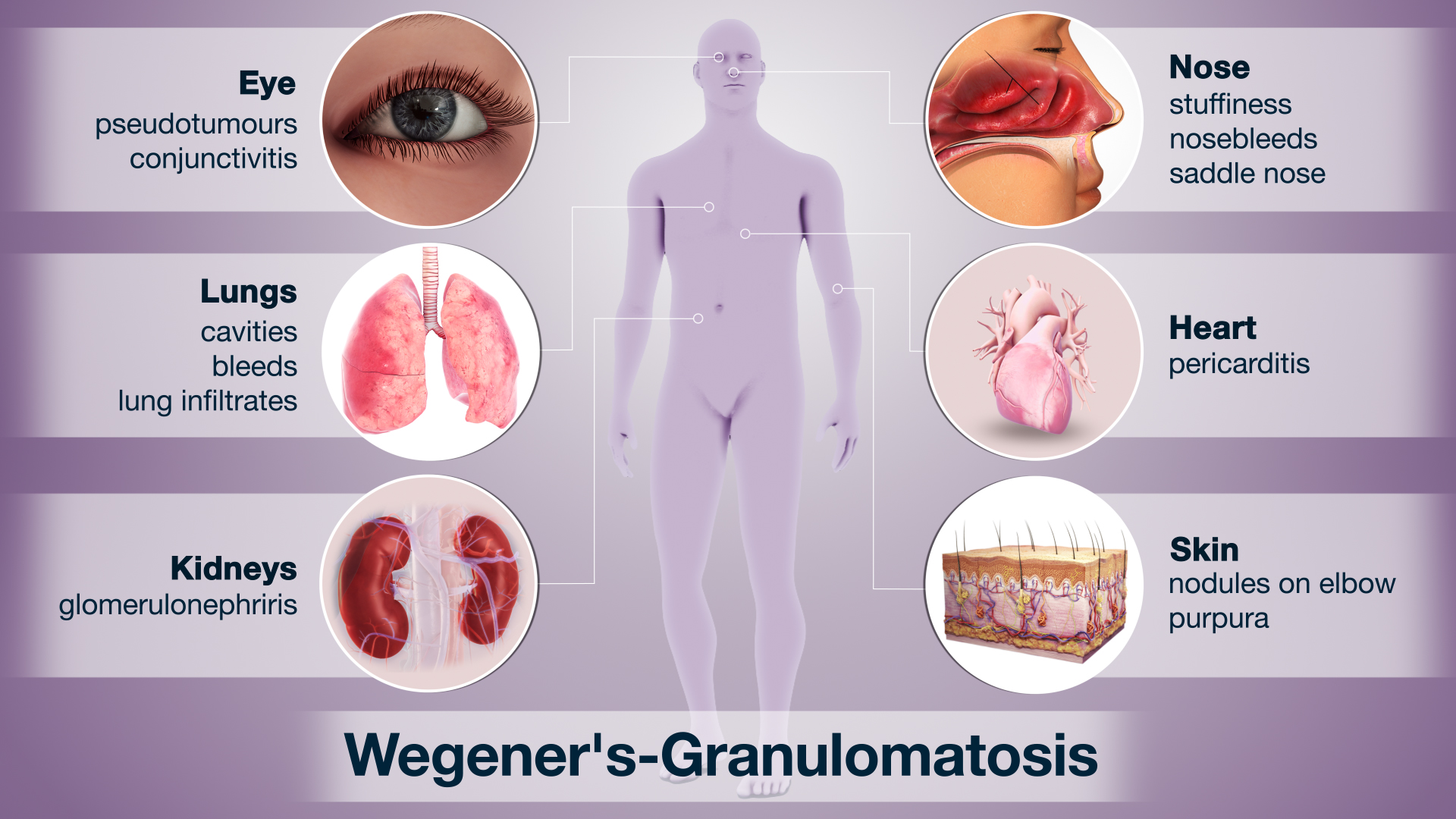
It is a systemic disease of unknown aetiology, causing necrotizing granuloma in the upper
Details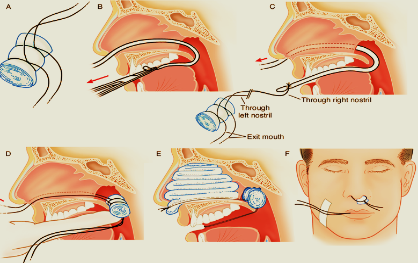
This is a procedure used to examine the posterior part of the nasal cavity and nasopharynx.
Details
Definition: They are benign, very vascular and biologically aggressive tumors, originating almost exclusively from posterior nasal and nasopharyngeal region in adolescent males.
Details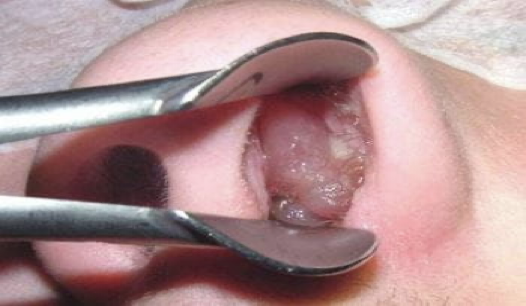
Nasal polyps are painless and benign (not cancerous) growths. They’re found in nasal passages and sinuses, hollow spaces in the bones around your nose. They form from mucous membranes — thin, soft tissue that lines these body parts.
Details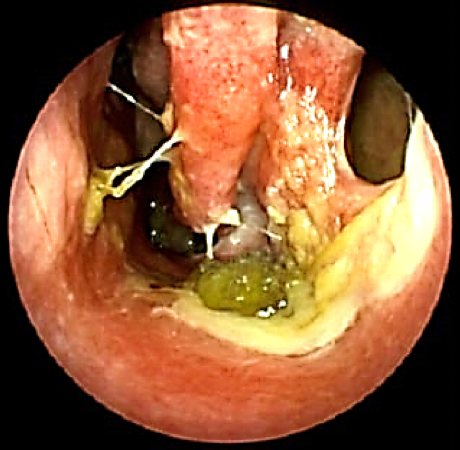
Atrophic Rhinitis is a chronic inflammatory nasal disease characterized by progressive atrophy of the mucosa, and underlying bone of the turbinates. There is a viscid secretion in the nose which rapidly dries and forms crusts which emits a characteristic foul odour called ozaena and the patient himself suffers from anosmia.
DetailsYou should consult a nose specialist if you experience frequent nasal blockage, sinus headaches, nasal bleeding, breathing difficulties, or a persistent cold. Early diagnosis helps prevent complications and ensures faster recovery.
Treatment for chronic sinusitis depends on the cause and severity. It may include medications, nasal sprays, or advanced procedures such as endoscopic sinus surgery. Dr. Meenesh Juvekar, a leading nose doctor in Mumbai, provides personalized care for long-lasting relief.
While nasal allergies cannot always be permanently cured, they can be effectively managed with the right treatment plan. A nose specialist doctor in Mumbai can help identify triggers and recommend medications, lifestyle changes, or immunotherapy for long-term control.
Modern nasal surgeries, such as septoplasty or endoscopic sinus surgery, are performed using minimally invasive techniques that reduce pain and ensure quick recovery. When performed by an experienced ENT surgeon like Dr. Meenesh Juvekar, risks are minimal and outcomes are excellent.
Frequent nosebleeds may occur due to dryness, allergies, infections, injury, or high blood pressure. A consultation with an experienced nose specialist in Mumbai can help identify the root cause and provide proper treatment.
A deviated septum can cause breathing difficulties, frequent sinus infections, or nasal congestion. It can be confirmed through a nasal examination by a Best ENT Specialist in Mumbai like Dr. Meenesh Juvekar, who offers effective medical and surgical solutions.
Yes, nasal blockage or sinus issues can lead to snoring and disturbed sleep. Treating the underlying nasal condition often helps restore restful sleep and improves overall well-being.